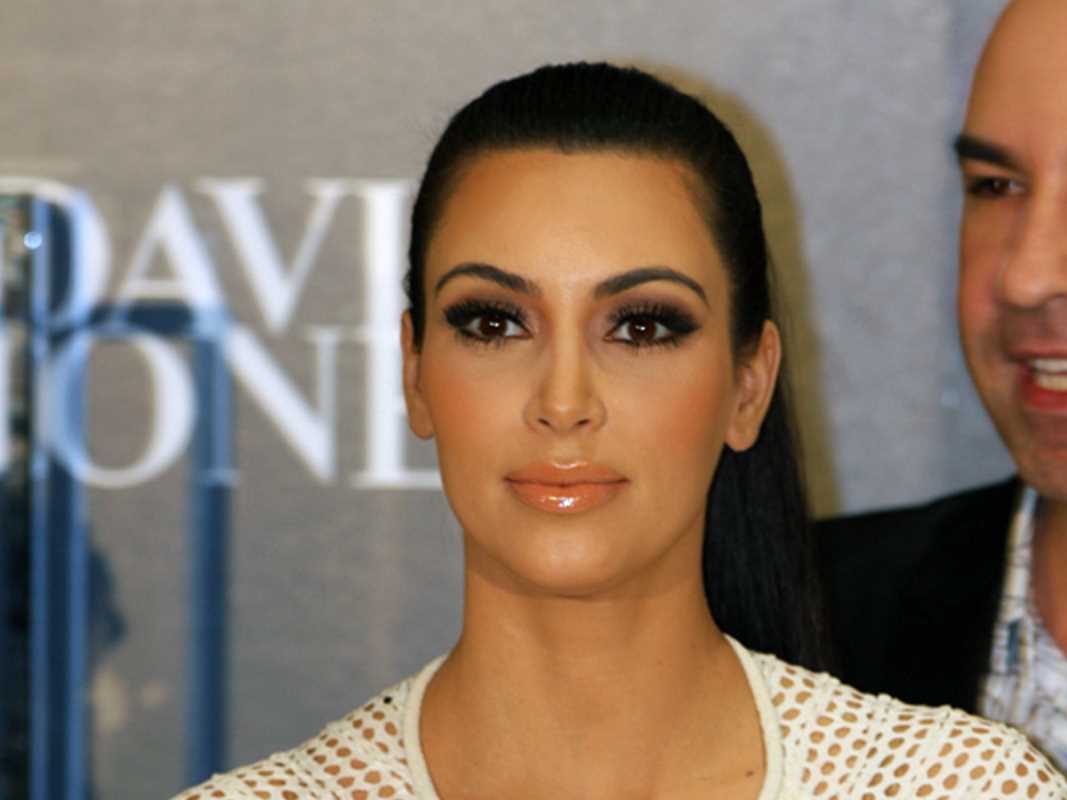The advent of social media has fundamentally altered the relationship between public figures and the public. Celebrities now possess a direct line of communication to their audience, bypassing traditional media outlets. This direct access also exposes them to unsolicited opinions, criticism, and online harassment. In response, a specific form of public communication has been refined: the "clapback." This term describes a swift, witty, and often sharp retort to a critic. A masterful clapback is a strategic maneuver designed to reassert control over one's narrative, defend one's reputation, or dismantle a false claim. Sure, sometimes they're funnier than they are anything else, but those are usually the best clapbacks. These celebrities know how to do a good clapback when needed.
Chrissy Teigen
Chrissy Teigen established herself as a prominent figure in the art of the clapback, particularly on the X platform (formerly Twitter). Her online presence was characterized by a blend of humor, self-deprecation, and a willingness to directly confront critics. Teigen’s responses were often celebrated for their wit and relatability, which helped to build a large and engaged following. Her strategy typically involved using humor to disarm criticism, particularly comments directed at her parenting, her appearance, or her husband, musician John Legend.
A notable characteristic of Teigen’s approach was her speed and consistency. She frequently responded to negative comments in near real-time, preventing a single critical narrative from gaining momentum without a counterpoint. When users criticized her for her choices as a mother, she would often respond with sarcastic humor that highlighted the absurdity of the unsolicited advice. This method served two purposes: it publicly refuted the criticism while also providing entertaining content for her followers. Her effectiveness was rooted in her ability to maintain a consistent and authentic voice that felt unscripted, even when it was a calculated communication tactic. This approach allowed her to control her public narrative directly.
Rihanna
Rihanna has cultivated a brand identity centered on confidence, independence, and an unapologetic attitude. Her use of the clapback aligns perfectly with this public persona. Unlike the humor-based approach of others, Rihanna's responses are often direct, sharp, and dismissive. She frequently utilizes this tactic to shut down criticism regarding her body, her fashion choices, or her business ventures. Her clapbacks are rarely lengthy explanations. Instead, they are concise retorts that leave little room for further debate.
This strategy is particularly effective because it reinforces the core attributes of her brand. When a media outlet or an online commenter made an unwelcome remark about her weight, her response was to show her confidence and indifference to the critique. A well-documented instance involved a sports blog that published an article criticizing her body. Rihanna responded on Instagram not by addressing the author directly, but by posting a meme that effectively trivialized the criticism. This indirect, yet powerful, method of response showcases a mastery of digital communication. It allows her to address the issue on her own terms, using visual language and humor to neutralize the attack without engaging in a protracted argument.
The Hadid Sisters
Bella and Gigi Hadid, as high-profile models, are subject to intense public scrutiny regarding their appearance and professional conduct. Both sisters have demonstrated a capacity for strategic public clapbacks, often deployed in defense of their family, their work ethic, or their physical health. Their responses are typically more formal and explanatory than those of other public figures, aiming to correct misinformation with factual statements. This approach is necessary given the nature of the criticism they face, which often relates to industry standards and personal well-being.
Gigi Hadid, for instance, has publicly addressed speculation about her changing body shape. She utilized social media to release a detailed statement explaining that her health fluctuations were related to Hashimoto's disease, an autoimmune condition. This was not a simple clapback but a calculated disclosure of personal information to reclaim the narrative surrounding her body. Similarly, Bella Hadid has used her platform to respond to accusations that she has undergone extensive cosmetic surgery, firmly denying the claims. In these instances, the clapback functions as a tool for public education and boundary setting. It allows them to confront rumors directly and provide context that the public and media may lack, thereby protecting both their personal and professional reputations.
Zendaya
Zendaya has emerged as a prominent young star known for her poise and thoughtful approach to her career and public image. Her method of clapback reflects this persona. She rarely engages in confrontational or sarcastic exchanges. Instead, she employs a strategy of graceful correction, often using moments of criticism as opportunities to educate or promote a positive message. This technique is particularly effective in disarming critics without escalating conflict. Her responses are characterized by politeness and clarity, which often makes the initial criticism appear baseless or mean-spirited.
A widely cited example occurred when a television host made critical remarks about her choice to wear dreadlocks on the Oscars red carpet, suggesting they smelled of certain substances. Zendaya responded with a lengthy, well-articulated post on social media. She did not attack the host personally. Instead, she explained the cultural significance of the hairstyle and listed numerous successful and respected African Americans who wear their hair in dreadlocks. She transformed a negative comment into a teachable moment about cultural stereotypes. This elevated form of clapback demonstrated a sophisticated understanding of public relations, turning a potentially damaging incident into a powerful statement of self-respect and cultural pride. Her approach solidified her reputation as a thoughtful and articulate public figure.







